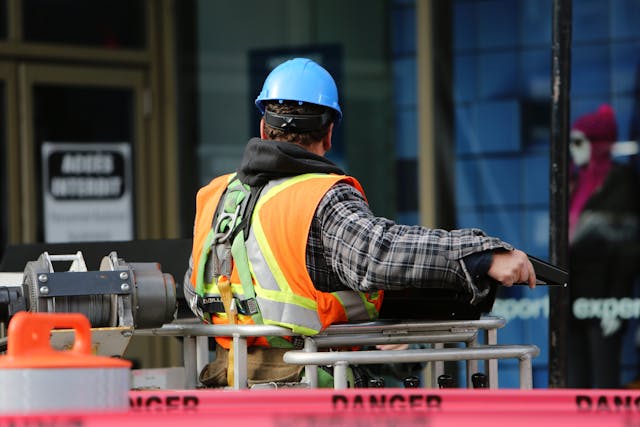There are countless ways to make your construction job-site safer, but not all of them are inexpensive or straightforward. In fact, some of them are downright expensive. If you want to remain OSHA compliant and preserve the safety of your workers, you can’t afford to cut corners when it comes to safety standards.
But are there ways to save money on safety without compromising your mission?
Understand the True Cost of Safety
Safety on construction job sites is a non-negotiable priority. From protective gear to compliance programs, these measures protect workers from harm, improve productivity, and help companies avoid costly fines or shutdowns. But there’s no denying that maintaining high safety standards can be expensive; the challenge is finding ways to control these costs without cutting corners.
So, how do you balance worker protection with budget realities?
The first step is understanding where your safety dollars are going. Construction safety expenses aren’t limited to helmets and harnesses. You might be spending on things like training programs for employees and supervisors, safety inspections and audits, equipment maintenance and repairs, compliance documentation and certifications, and personal protective equipment (PPE) replacement.
While these investments can seem steep, they’re usually far less expensive than the costs of accidents, both in human terms and financially. Injuries can lead to workers’ compensation claims, project delays, increased insurance premiums, and even reputational harm. In many cases, investing in effective safety measures is actually a cost-saving move over time.
Still, that doesn’t mean you can’t optimize your spending and keep safety standards intact.
Make Training More Efficient
Training is one of the most important (and sometimes most expensive) safety investments. But with a strategic approach, you can deliver the same or better results for less money.
Consider a blended training model that combines in-person instruction with online modules. Digital resources can reduce the amount of paid time workers spend away from the job site, while still reinforcing best practices; keep training sessions targeted and relevant to the work being performed, so you’re not spending resources on unnecessary topics.
You can also make use of in-house expertise, as experienced employees can lead certain portions of training, reducing the need to hire outside instructors for every session.
Prioritize Preventive Maintenance
One often-overlooked way to control safety costs is by taking care of your equipment. Malfunctioning machinery is not only a safety hazard; it can be a financial one. Regular maintenance schedules help prevent breakdowns, extend equipment life, and reduce the risk of accidents caused by mechanical failure. For example, a crane with a worn cable might cost a few hundred dollars to service, but if that cable fails on the job, the resulting accident could cost thousands, or even millions, in damages. Preventive maintenance also helps with compliance, since many safety regulations require equipment to be kept in safe working order.
Leverage Bulk Purchasing and Supplier Relationships
Personal protective equipment and other safety gear can be costly, especially if you’re buying them piecemeal. Instead, look for opportunities to purchase in bulk or negotiate long-term supply agreements with trusted vendors. Strong supplier relationships can lead to better pricing, priority service, and access to higher-quality products at a discount. Over time, these savings can add up significantly without compromising on safety.
Use Technology to Your Advantage
Safety technology has come a long way. For example, wearable devices can monitor worker fatigue, track location, and detect environmental hazards in real time. Drones can perform inspections in dangerous or hard-to-reach areas, eliminating the need to put workers at risk. While these tools require an upfront investment, they can reduce accidents, streamline inspections, and even lower insurance costs over time. The key is to choose solutions that address your site’s most pressing safety challenges rather than adopting every new gadget on the market.
Streamline Your Compliance Process
Meeting OSHA and other regulatory requirements is essential, but the administrative side of compliance can become a time and money drain. Digitizing safety records, inspection reports, and training logs can save hours of labor and reduce the risk of costly errors. Cloud-based safety management systems can also make it easier to share documents with inspectors, track employee certifications, and monitor incident reports, all in one place.
Encourage a Safety-First Culture
Perhaps the most cost-effective safety measure is also the hardest to measure: culture. A workforce that takes safety seriously can prevent accidents before they happen. Encouraging workers to speak up about hazards, rewarding safe practices, and leading by example can all contribute to fewer incidents and ultimately, lower costs.
The Bottom Line
It’s true that safety in the construction industry can be expensive. But with a thoughtful approach, you can keep costs manageable without putting workers at risk. By making training more efficient, maintaining equipment, negotiating smart purchases, using technology strategically, streamlining compliance, and fostering a strong safety culture, you can protect both your team and your budget.

